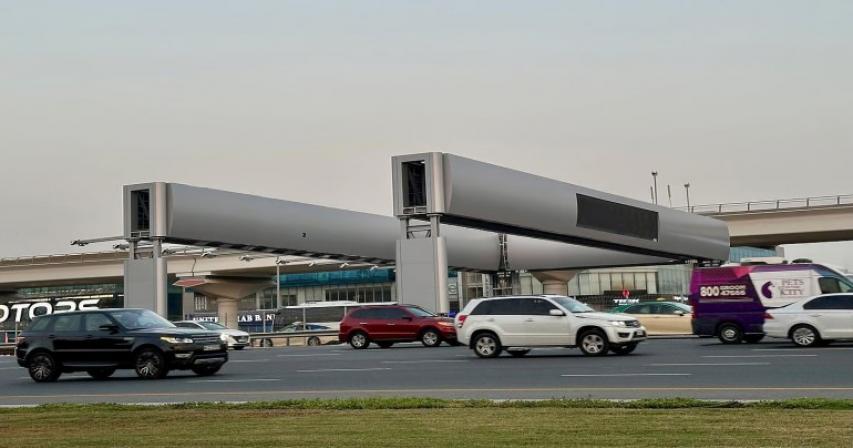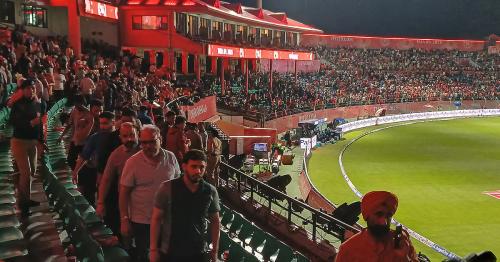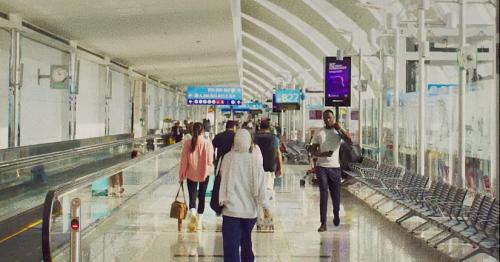Dubai new Salik toll gates: How traffic patterns on key roads have changed

Experts predict that the full effects of added toll gates and dynamic pricing will emerge over the next ten years in Dubai. According to Dr Khaled Alawadi from Khalifa University the increase of toll gates has led to better air quality and fewer accidents.
To ensure that toll gates help decrease road traffic numbers residents should have access to reliable mass transit options. The city may not experience the full effects until ten or twenty years from now according to Dr Khaled.
Ever since Salik implemented dynamic pricing and opened two new toll gates last November local residents started experiencing changes in traffic flow.
Since January 31 of this year Salik implemented dynamic toll pricing that requires motorists to pay Dh6 during peak morning and evening hours and Dh4 during off-peak weekday hours.
Mohammed Iqbal experiences benefits from the new pricing model because he begins his workday at Dubai Media City at 6am. He passes through two Salik gates before 6am on his path to work. The new dynamic pricing schedule allows me to travel one way without paying any toll fees. These changes bring me great satisfaction.
Under Salik's dynamic toll pricing system drivers have no fees between 1am and 6am. The Sunday toll fee is set at Dh4 for the whole day unless there is a public holiday or a major special event.
Mohammed observed that road traffic has grown before 6am because drivers are rushing to pass through toll gates before the new pricing makes their journeys costlier.
Sanjana K.A. from Karama explained how dynamic pricing allowed her to save time when she was delayed for a Dubai Marina appointment. I used the Safa and Barsha toll gates and noticed that traffic moved very smoothly. My journey ended before my expected arrival time. My Salik fees became higher following the recent changes.
Heavy traffic
The implementation of the new Salik toll systems has led to increased traffic in several communities. Ayesha Nawaz from Dubai Creek Harbor noticed more traffic in her area because commuters attempt to bypass the Business Bay bridge toll gate.
She described the evening conditions as quite problematic. Numerous commuters use our community as a shortcut to reach Deira, Rashidiya or Sharjah. Cars enter via Ras al Khor road and exit through Festival City to bypass the toll gate. Residents in our community now spend at least 20 minutes on routes that previously required only 5 to 8 minutes.
Muhammad Anshah from Jumeirah 1 reported that he experienced over an hour of traffic congestion during the initial implementation of dynamic pricing on January 31. Many people considered Jumeirah roads as a way to bypass Salik but that decision turned into a nightmare The situation normalized after a day or two. Jumeirah now experiences heavier traffic flows compared to before but lacks the extreme gridlock seen during the first day.
The Roads and Transport Authority (RTA) opened two new toll gates in Business Bay and Safa during November 2024 which brought the total number of gates to ten.
The RTA set out to promote public transport usage and move traffic along alternative paths including Sheikh Mohammed bin Zayed Road and Dubai-Al Ain Road as well as Ras Al Khor Street and Al Manama Street. Drivers received encouragement to use the Infinity Bridge and Al Shindagha Tunnel as alternative Creek crossings.
Public Transport
Dr Khaled stated that Dubai is successful in connecting residents with public transportation yet needs to make additional efforts to reduce reliance on private vehicles. The mass transit analysis for seven GCC cities revealed that Dubai provides public transport services to almost 78 percent of its population in second place. Future metro lines stand in optimal locations to accommodate the needs of Dubai's growing population.
He pointed out that additional research must be conducted regarding human travel patterns. He stated that our research lacks information about patterns in people’s travel habits. Travelers often follow direct routes between two set locations while some individuals follow complex routes that include multiple stops such as commuting from home to work and then stopping to pick up children from school before doing grocery shopping. People who incorporate chain trips into their daily schedule are less likely to use public transport services.
He emphasized that transit zones which provide access to public transport need to be located between 300 to 500 meters apart within densely populated regions. The spokesperson explained that because we live in a hot climate people find walking long distances inconvenient. People tend to choose mass transport systems when they have access to a transit zone only seven minutes away on foot. The locations of Creek and Al Fahidi feature extensive shade coverage and nearby transit stations.






Comments